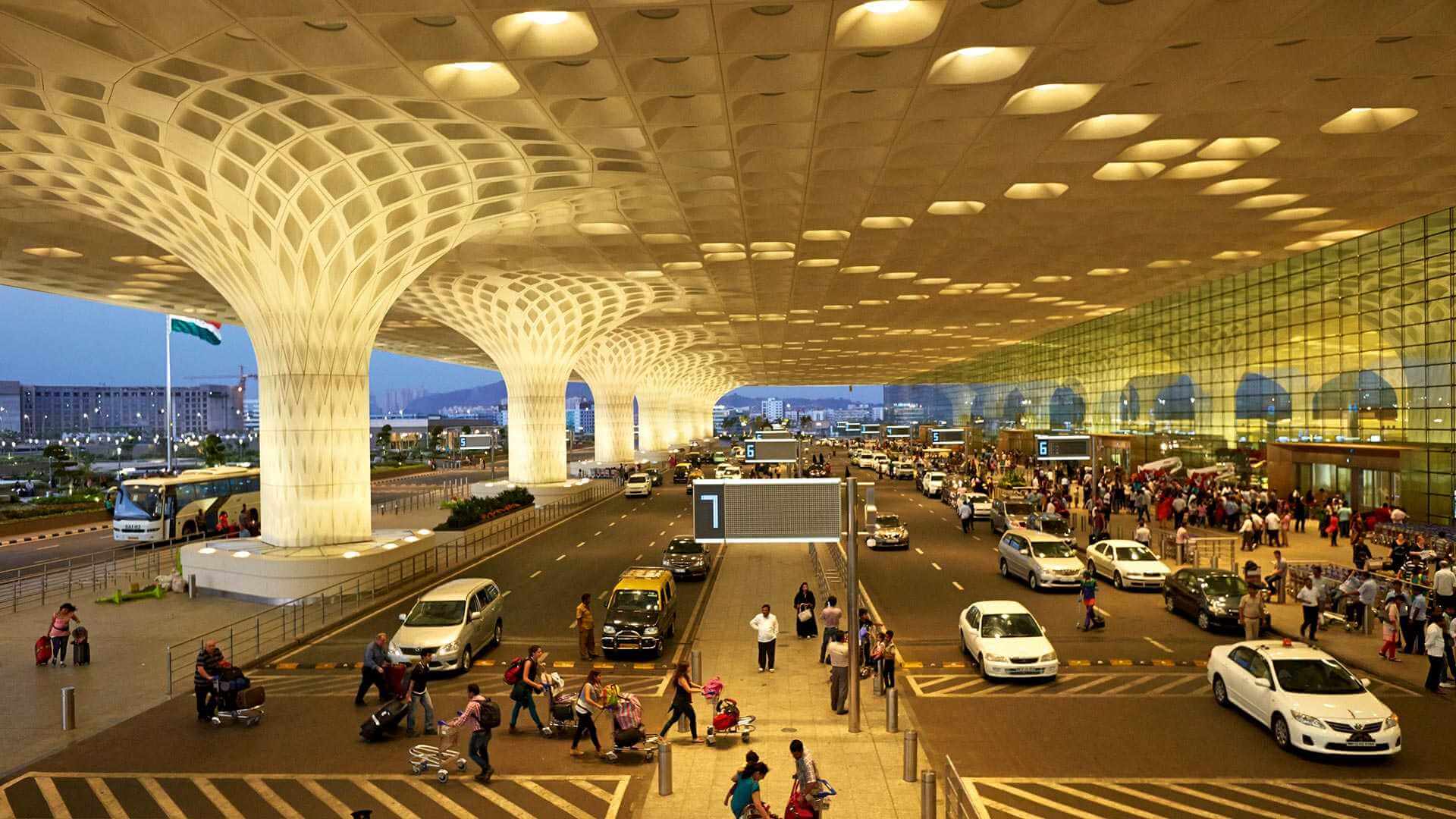If you are planning to visit India, now is the perfect time as the country has announced new eVisa rules that will make travel easier for tourists. Indian eVisa airports and seaports are now open for entry and exit, making it easier for tourists to get visas and travel directly to their destinations. The new rules come into effect from September 1, 2019 and will be applicable to both Indian nationals and foreigners visiting India for tourism purposes. Indian eVisa Airport and Seaports for Entry
Introduction
India has now allowed Indian eVisa Ports Allowed For Exit And Entry In India which makes it easy for tourists to leave and enter the country. Previously, tourists had to go through multiple visa checkpoints before leaving or entering India. With this new policy, tourists will only need to go through one visa checkpoint when departing or entering the country. This change makes traveling to and from India much easier and faster for tourists.
Types of Indian eVisa ports allowed in India
Indian eVisa Ports Allowed For Exit And Entry In India
There are a few types of Indian eVisa ports allowed for entry and exit in India. The most common type is the Electronic Travel Authorization (ETA). ETA permits travelers to enter and exit India using an electronic authorization.
The other common type of Indian eVisa port is the Single Window Facility (SWF). SWFs allow for visa-free travel for citizens of certain countries who have valid visas for another country participating in the SWF. This includes most European Union member states, South Korea, Japan, Taiwan, and Australia.
Pros and Cons of Indian eVisa Ports
India is a popular travel destination for people from around the world. As such, the country has many international airports that are capable of handling domestic and international flights. In addition, the country has several seaports that can be used for both entry and exit purposes. Indian eVisa ports allowed for exit
The main advantage of using an Indian eVisa port is that it allows you to bypass long queues at India’s major airports. This is especially useful if you are flying in or out of India on a short trip.
However, using an Indian eVisa port does have some disadvantages. For example, it can be more expensive to use an Indian eVisa port than a foreign one. Additionally, Indian eVisa ports do not always offer the same services as foreign ones. For example, they may not offer visa-on-arrival facilities or duty-free shopping opportunities.
Conclusion
If you are planning to visit India, then be sure to check the list of Indian eVisa ports allowed for exit and entry in India. Knowing this information beforehand will help ensure a smooth trip and avoid any unexpected hassles when arriving in India.
